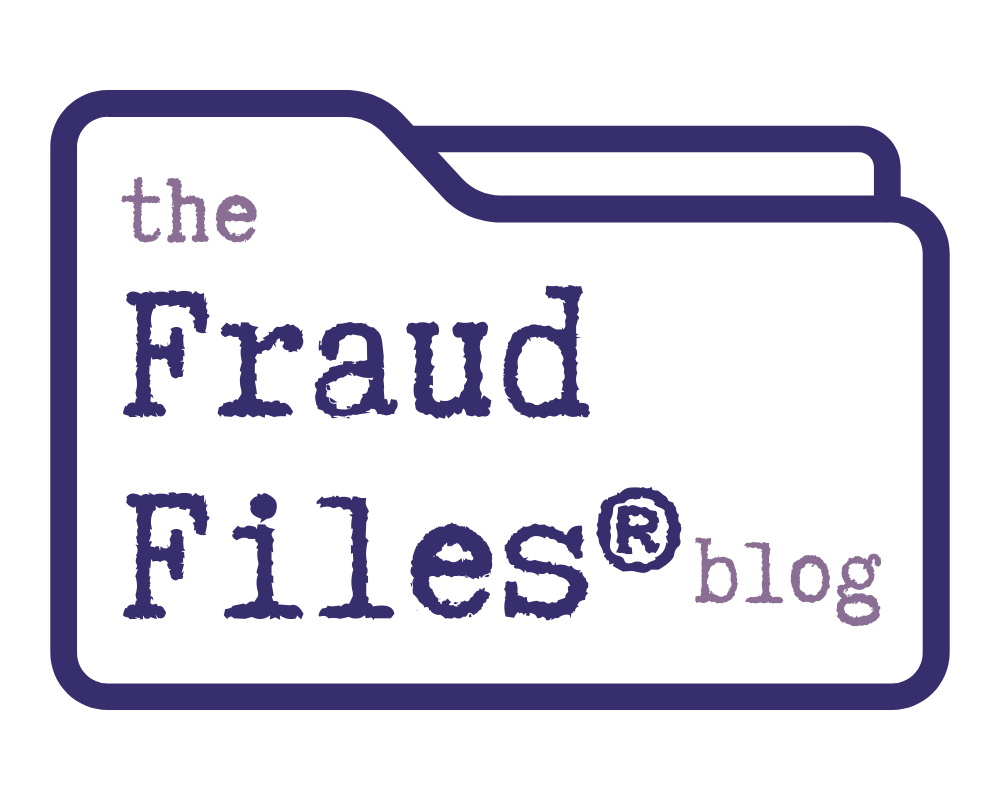Lifestyle is not simply a measure of the past, present, and future spending of the parties jointly and individually. It requires an analysis of the funds available to pay for this lifestyle, and earned and unearned income usually generates those funds.
Earned income generally includes income that is generated by working or providing personal services:
- Wages, salaries, tips, commissions, bonuses, and other taxable employee pay
- Net earnings from self-employment, including entities established as sole proprietorships, partnerships, corporations, LLCs, or some other form of business
Unearned income generally includes any earnings that do not originate from a spouse’s job or active business venture:
- Income from investments in which neither spouse actively works or participates, such as interest and dividends from savings accounts, investment accounts, or stock ownership in public companies
- Capital gains from the sale of investments
- Income from trusts
- Income from estates
- Inheritances
- Income from real estate ventures in which neither spouse actively works or participates
- Retirement earnings such as annuities, pensions, or Social Security
- Unemployment or workers’ compensation income
- Settlements and awards
- Proceeds of life insurance policies
- Prizes or lottery winnings
Income from investments is often hotly debated in divorces, especially when the investments and related gains are substantial. One issue is whether assets should be invested differently, potentially to increase or maximize the earnings from those investments. Another issue is whether investments should be liquidated for distribution to the spouses or to fund purchases, educations, and other substantial expenses.
Capital gains income from investments can be a contentious area as well. While this item is considered income for income tax purposes, parties to a divorce may argue that it is not income, but is a liquidation of assets. It is important to evaluate what happened with the asset leading up to the sale. For example, if the asset is a rental property for which depreciation and other expenses reduced the income available for support in prior years, then the sale of the asset may need to be included in income at the time of sale to remain consistent. If the expenses related to the asset reduced income in previous years, then the income from the asset’s sale should increase income in the current year.
Historical earned and unearned income must be evaluated to determine whether the income has some sort of pattern or is predictable. The history will be used to project future earnings, along with other important information such as the ability of the spouses to maintain employment and earnings or to continue to generate investment returns.



